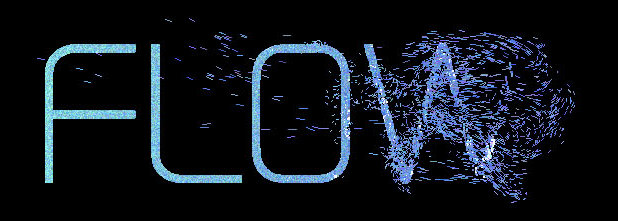Viktoriia Eremchuk | GENERATIVE MARINE INSTITUTE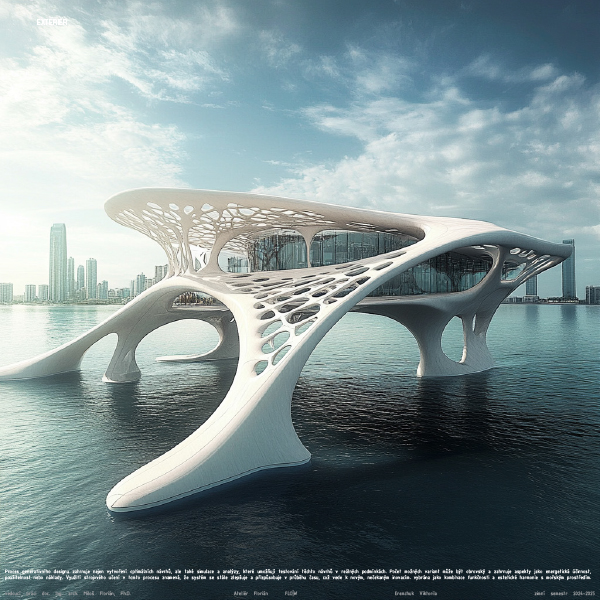
In recent years, we have witnessed a rapid expansion of artificial intelligence (AI), which is transforming various industries, including architecture. What once seemed like science fiction is now becoming reality—AI not only assists architects with technical aspects of design but also aids in finding inspiration, streamlining workflows, and improving communication with clients. At the center of this revolution are tools like MidJourney, which are reshaping how we envision architectural projects.
AI is not just a tool for automation; it is also a creative partner. Tasks that once required weeks of work can now be completed within minutes. MidJourney, popular among designers and architects, allows text-based prompts to be transformed into visual representations with incredible accuracy and aesthetic quality. For example, if you describe a building inspired by nature, reflecting the biomimetic structures of coral, MidJourney can generate a stunning image within moments—something that would have previously taken hours of hand drawing or complex modeling.
This speed and efficiency empower architects to experiment with new forms, materials, and concepts that they might not have considered otherwise. AI is not just an accelerator; it is also a source of inspiration. Generative designs, influenced by algorithms and natural principles, offer architects new perspectives on organic and sustainable structures. Whether it’s futuristic cityscapes or small pavilions in nature, AI injects freshness and unconventionality into every design.
Beyond creative possibilities, AI also brings practical benefits. Traditional processes such as visualization and design iterations are significantly faster with AI. While architects previously needed days to develop a precise building model, they can now generate dozens of designs within minutes and select the best ones. This speed is especially valuable when working with clients, who often demand multiple project variations, allowing architects to respond to feedback more effectively.
However, MidJourney is not just a tool for generating visually striking images—its impact runs much deeper. The visualizations it creates are not only aesthetically impressive but also functional, helping clients better understand the architect’s vision and actively engage in the design process. This enables architects to communicate their ideas more efficiently and adapt them to specific client needs from the very beginning.
Despite these advantages, it is important to recognize AI’s limitations. While AI can generate designs based on existing data combinations, it lacks a deeper understanding of human needs and spatial context. Architecture is not just about aesthetics; it is about creating functional and meaningful spaces for people—something AI has yet to fully master. The architect’s ability to grasp details, atmosphere, and the human aspect of design remains irreplaceable.
Additionally, AI raises questions about originality and ethics. Designs created with AI often draw from a mix of existing styles and references, prompting concerns about authorship and intellectual property. Architects must act as curators—selecting, refining, and adapting AI outputs to align with their vision and project requirements.
Despite these challenges, it is clear that AI will continue to play an increasingly significant role in architecture. MidJourney and similar tools do not mark the end of the architectural profession, as some fear, but rather open new doors for its evolution. Architects who learn to work with AI will gain a significant competitive advantage and elevate their designs to new levels.
AI is not a replacement for human creativity but an extension of it. Architecture is becoming more dynamic, playful, and accessible thanks to AI. It is an opportunity to explore new paths that would have remained undiscovered without the help of technology. This is where AI’s true strength lies—in the partnership between humans and machines, where both contribute their unique abilities to create something truly extraordinary. |
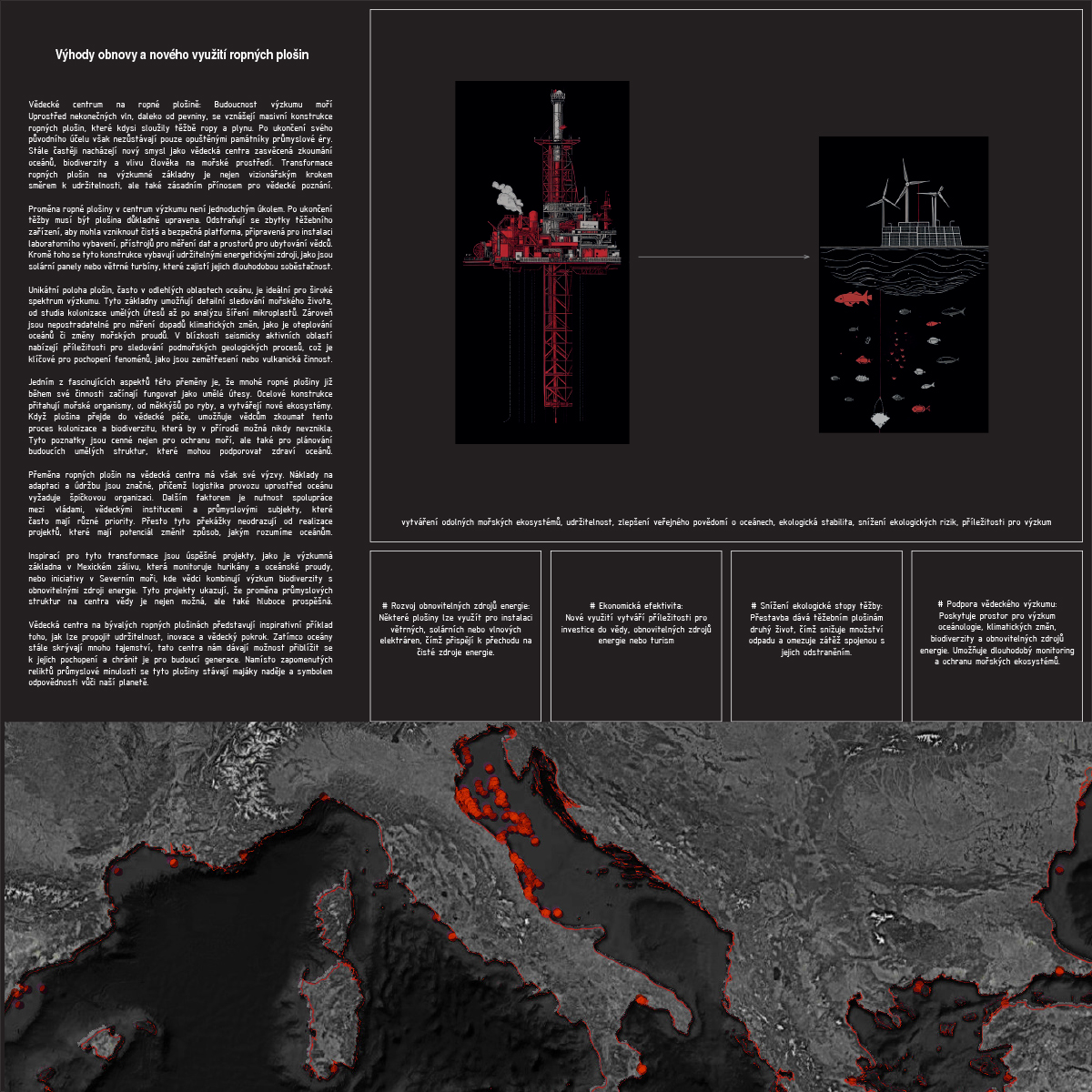
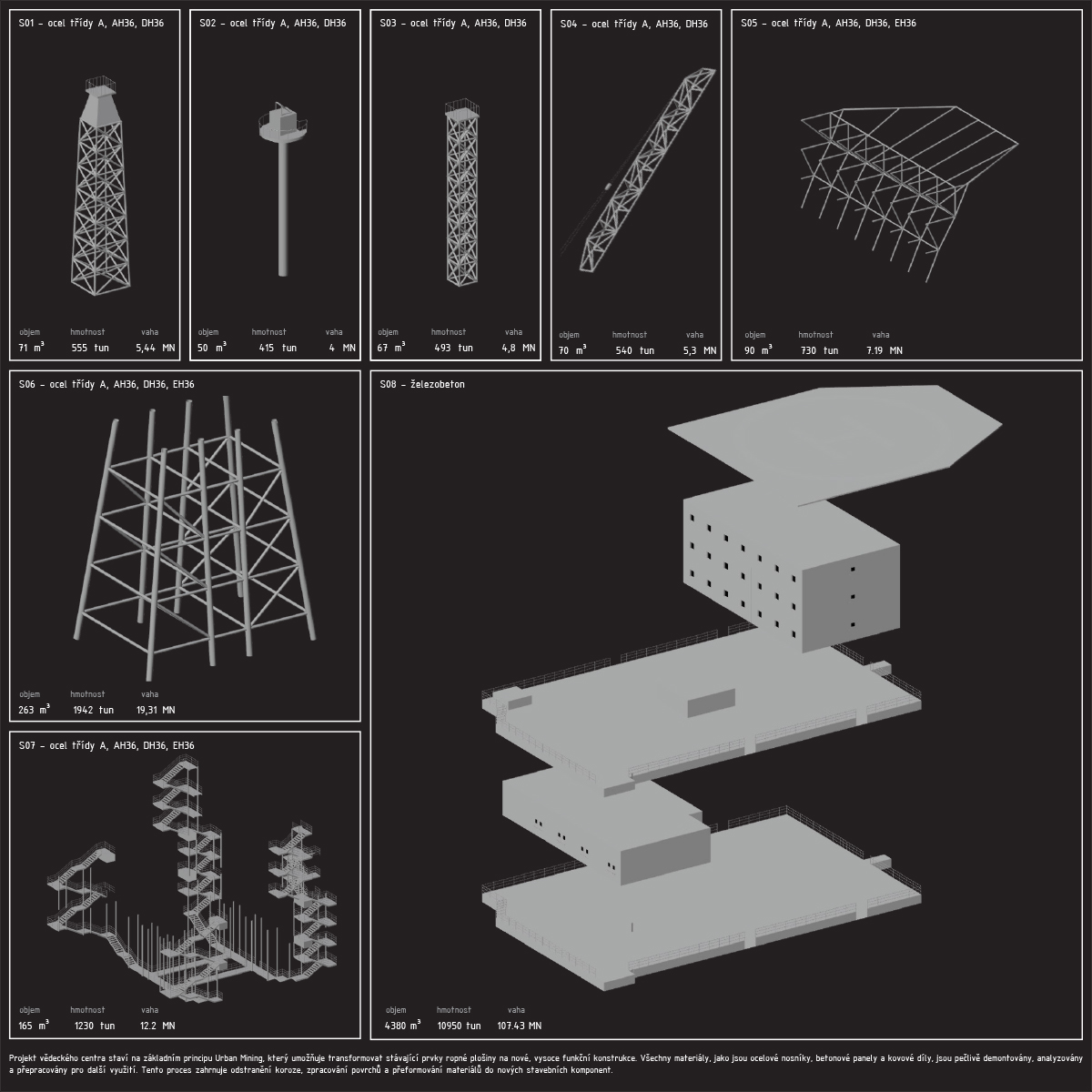
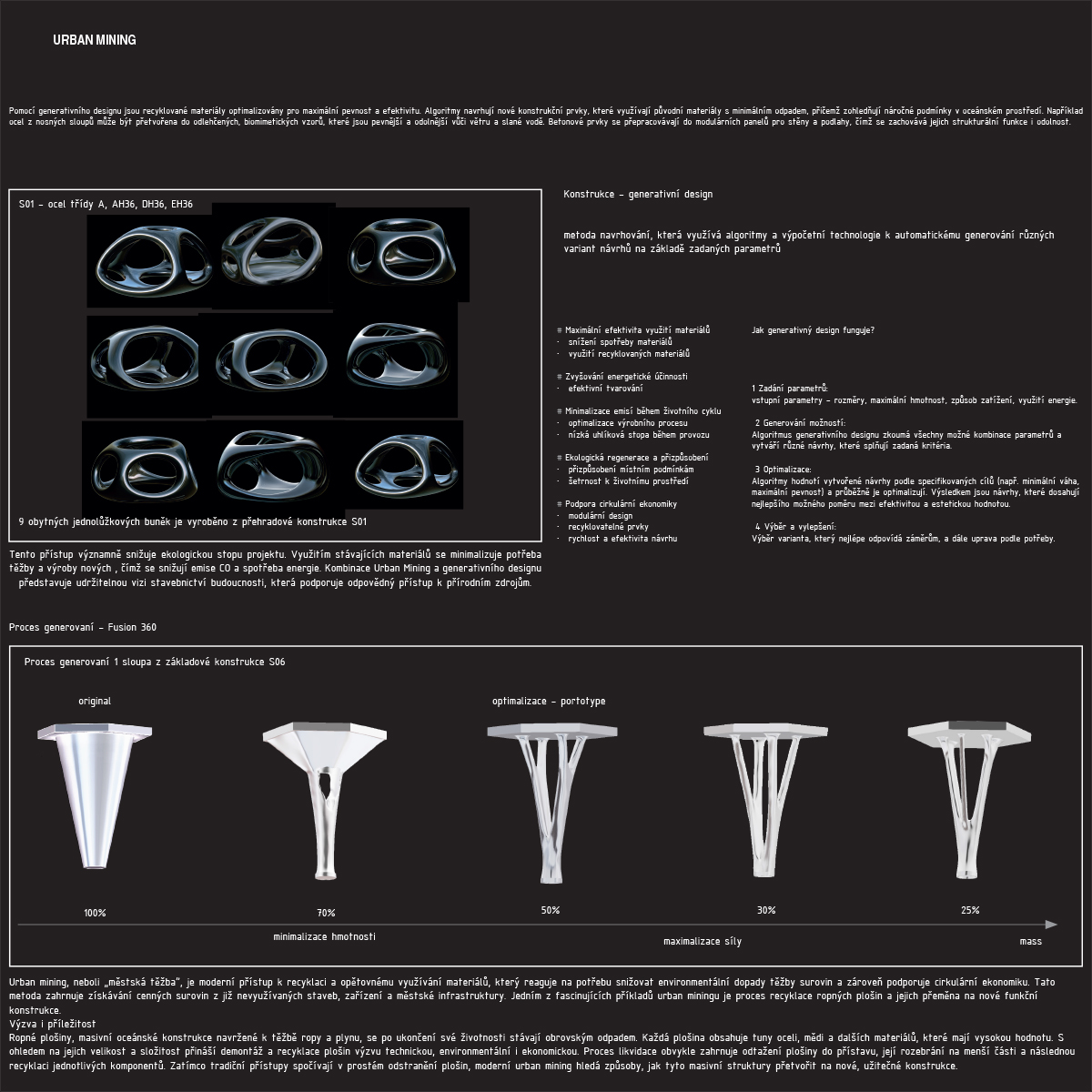

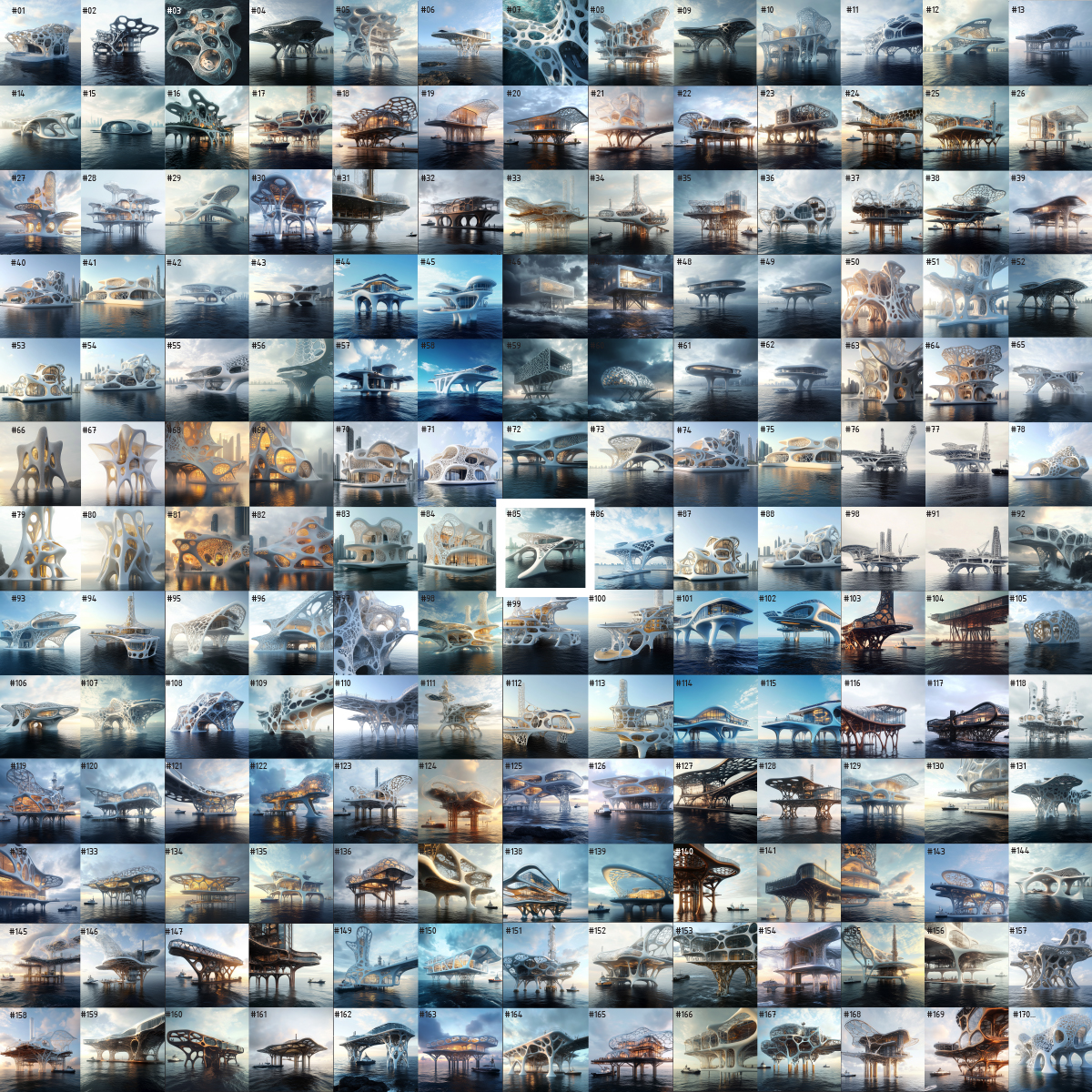



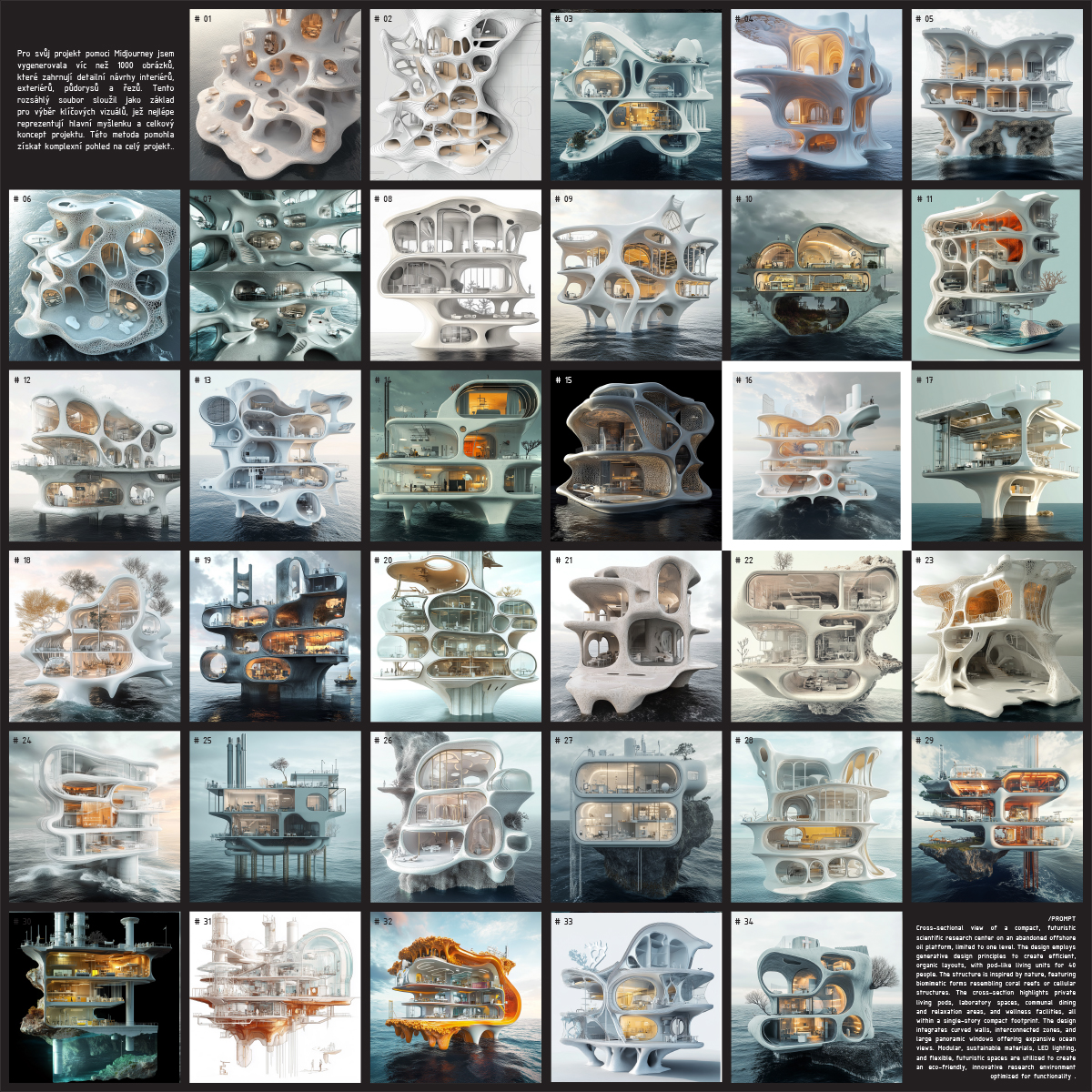
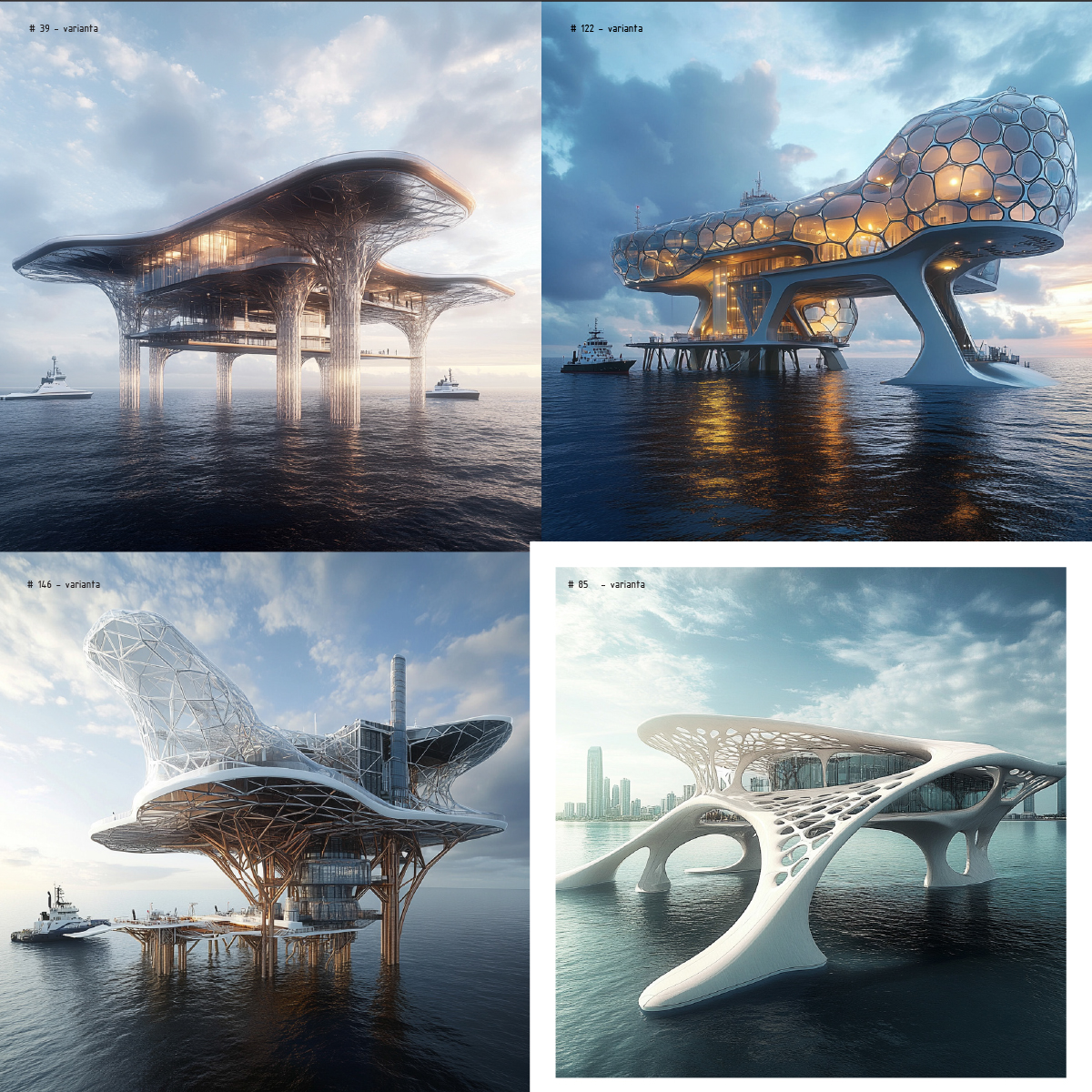
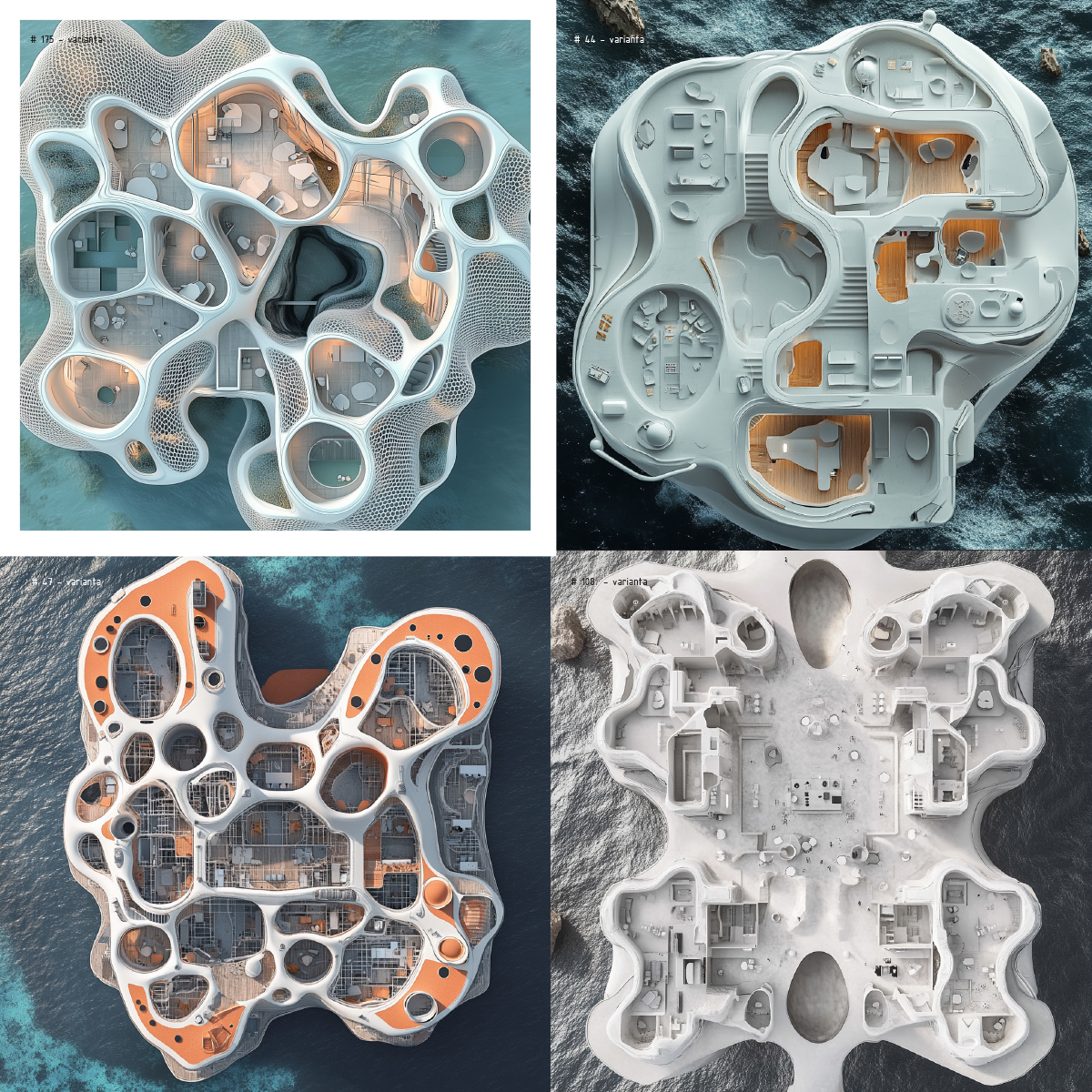

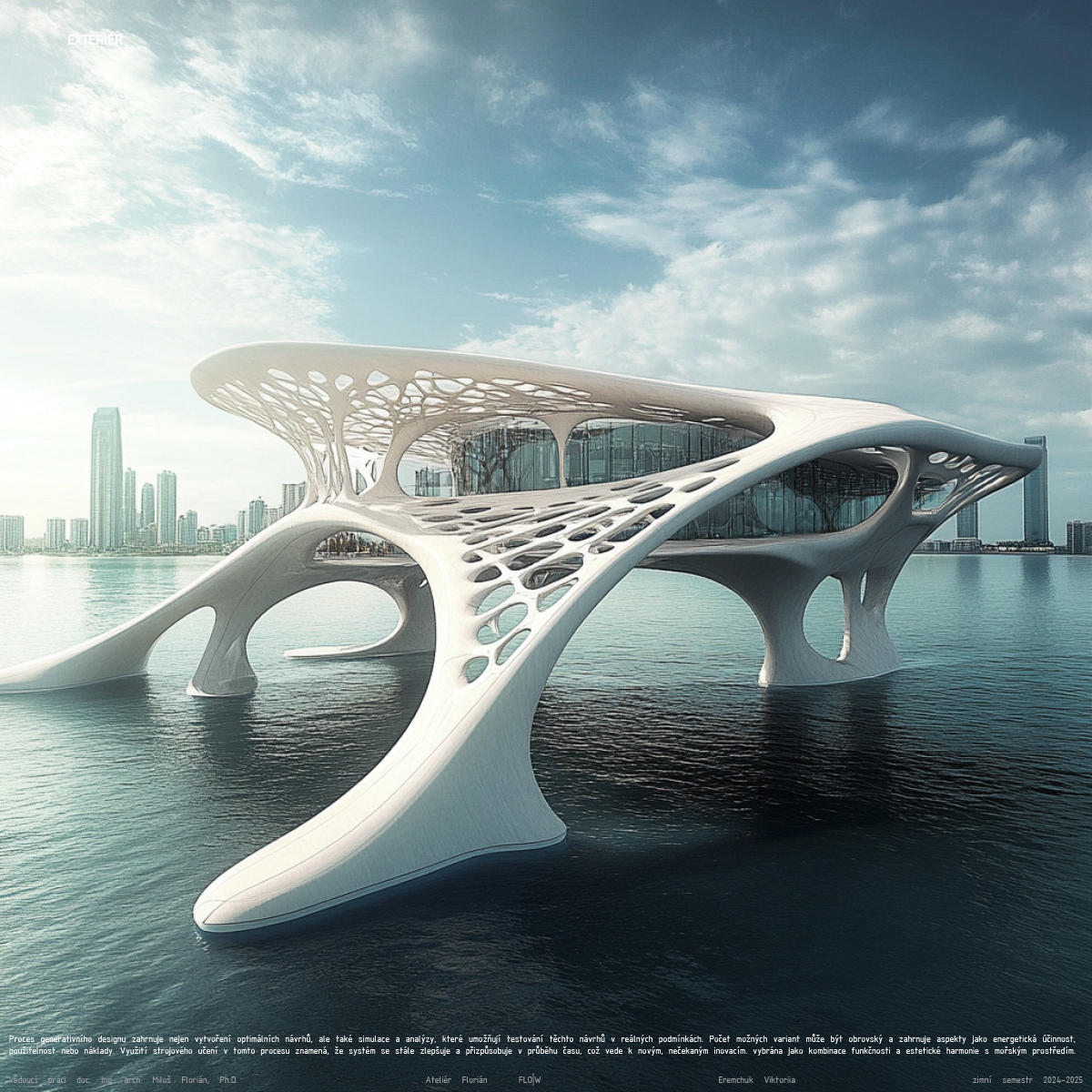
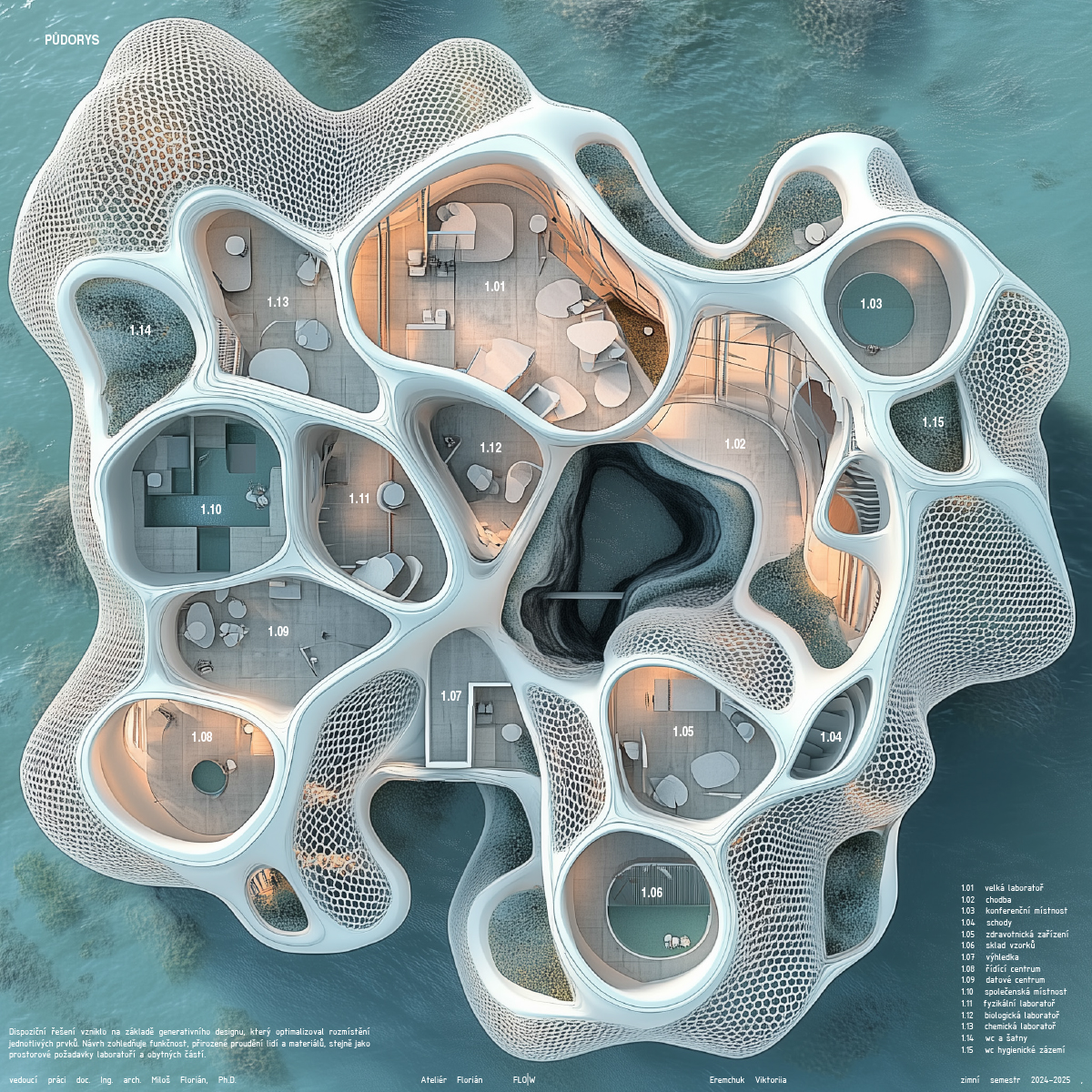

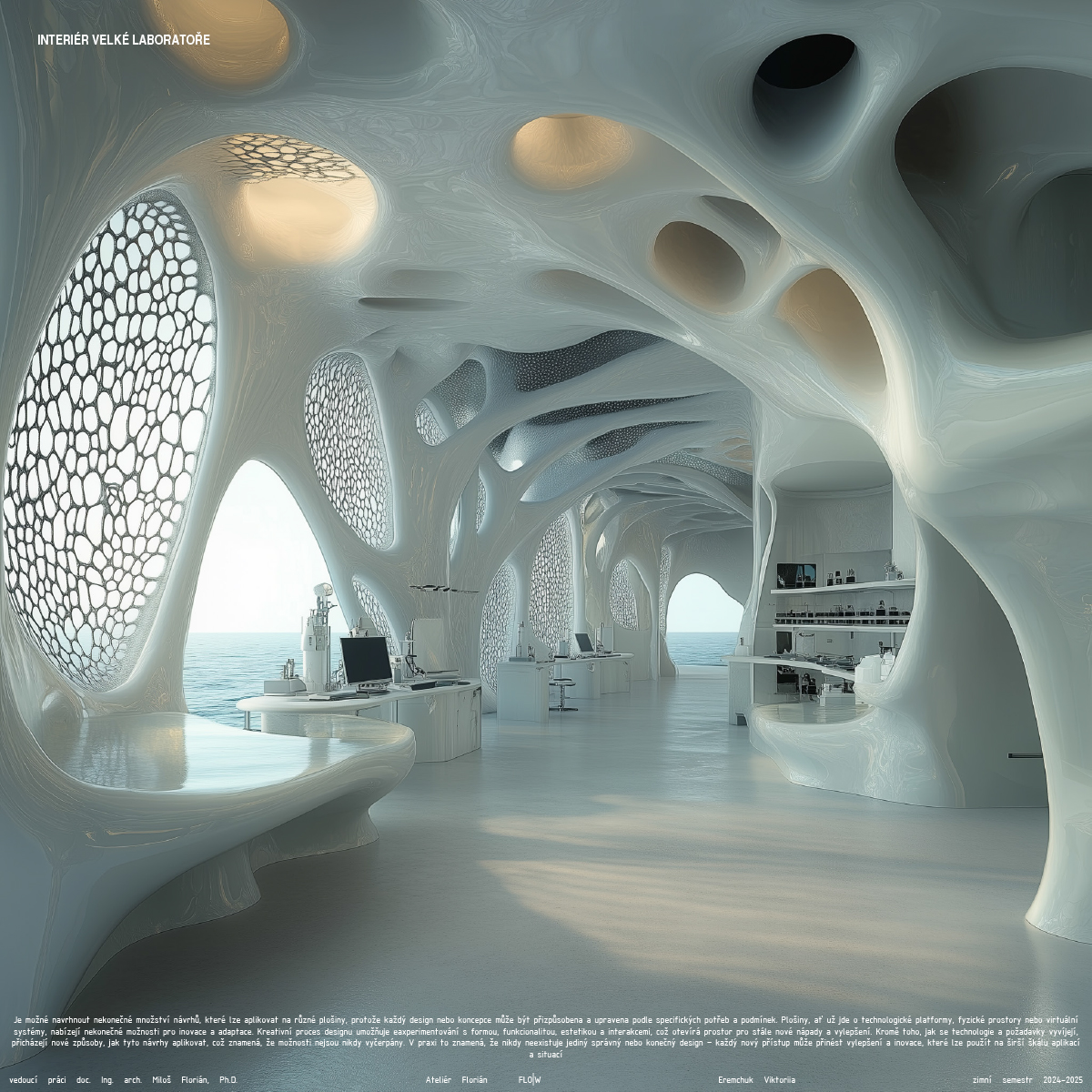
|
